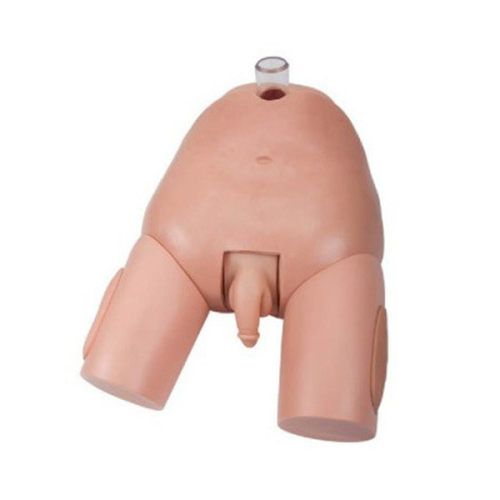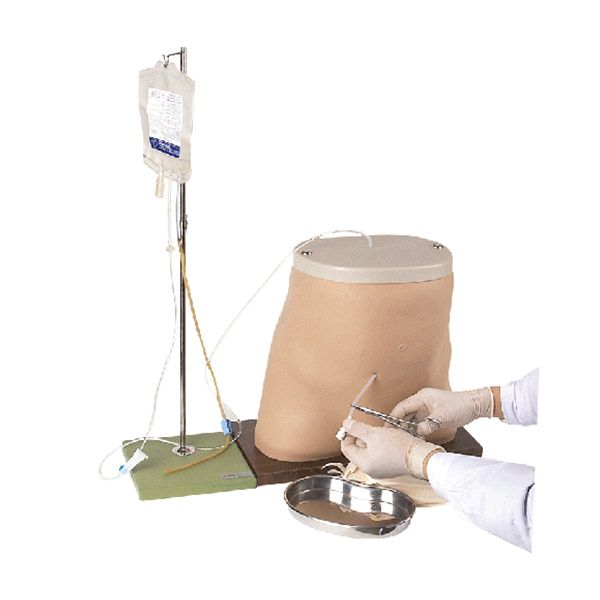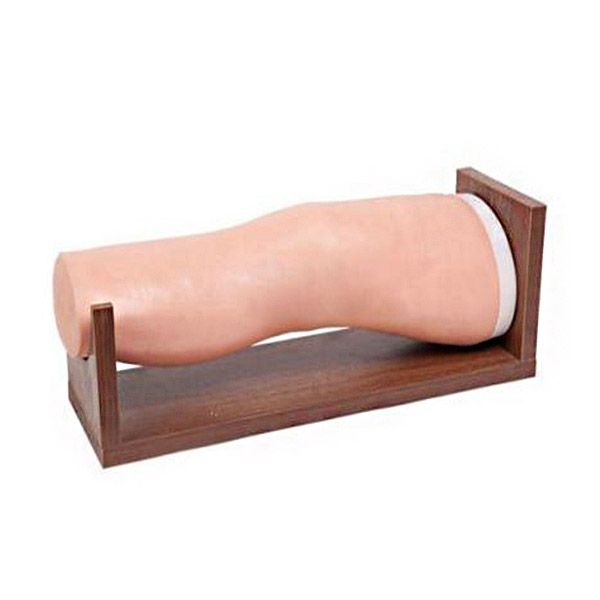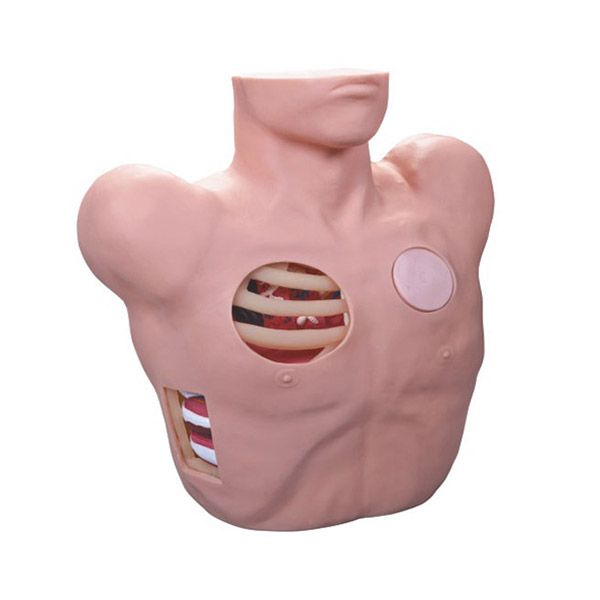Wound care is a fundamental skill in healthcare that affects patient recovery, infection prevention, and overall outcomes. Proper training ensures that medical professionals can manage wounds efficiently in emergency, surgical, and routine clinical settings. However, textbook knowledge alone isn’t enough. Practical, hands-on experience using realistic tools like wound care mannequins and simulation kits bridges the gap between theory and safe patient care.
In this article, we explore the essential wound care tools, how to build an effective training program, and the role simulation plays in preparing skilled healthcare teams.
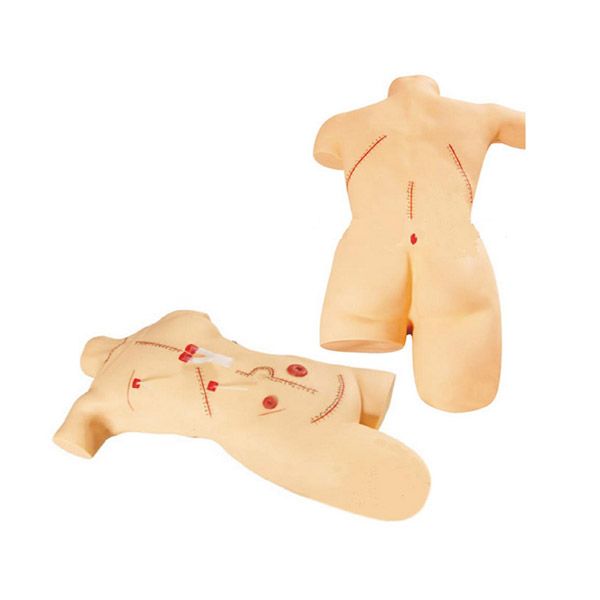
Why Wound Care Training Matters
Effective wound care training is not a luxury but a necessity in modern healthcare. Without robust training, healthcare providers may struggle with accurate wound classification, appropriate dressing selection, or timely intervention, leading to prolonged healing, increased patient discomfort, and higher healthcare costs.
Training ensures professionals understand both basic wound care instructions—like cleaning and dressing—and more complex skills such as assessing wound depth or recognizing infection. Whether in emergency medicine, long-term care, or surgery, wound care skills are essential across disciplines.
Consider the implications of inadequate training. A 2018 audit for the Wound Assessment Commissioning for Quality and Innovation (CQUIN) in the UK revealed that fewer than 10% of patients received a structured wound assessment, nearly 50% of wounds lacked documented evidence of healing progression, and rates of inappropriate dressing use exceeded 30%. These statistics highlight significant knowledge gaps and underscore the critical need for consistent, high-quality wound care education. By investing in better training, healthcare organizations can directly address these deficiencies, improve the quality of care, and contribute to better patient experiences.
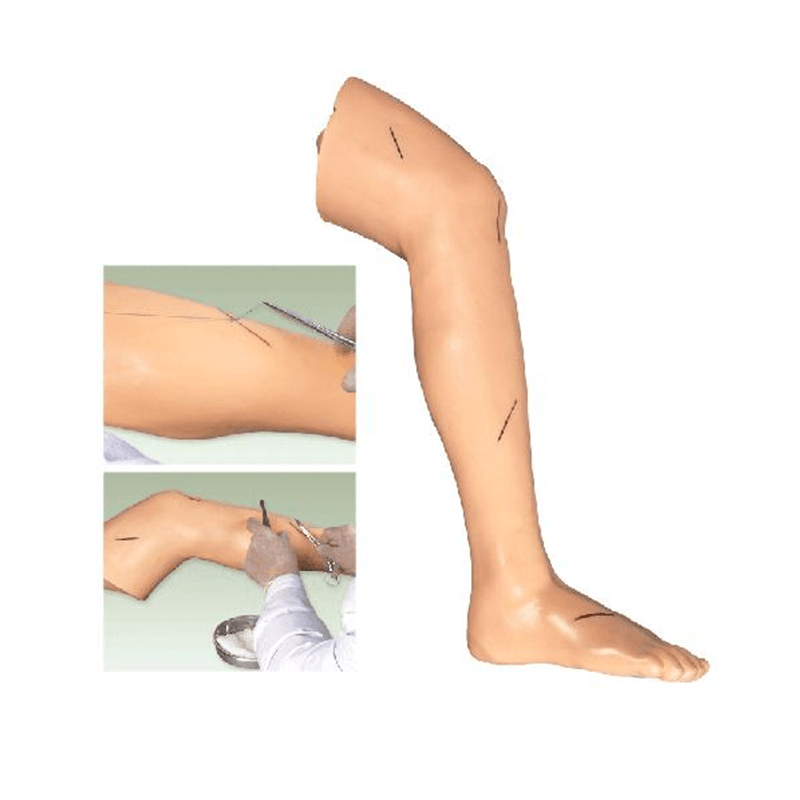
Key Equipment for Wound Care Training
To transition theoretical knowledge into practical skills, hands-on training with specialized equipment is essential. The tools used in wound care training are designed to simulate real-world scenarios, allowing learners to practice techniques in a controlled and safe environment.
Central to this training are wound care mannequins and wound care models. These sophisticated simulation tools, often referred to as wound care manikins, come in various forms, each designed to replicate specific wound types and anatomical areas. For instance, some models feature realistic pressure ulcers at different stages, while others present complex surgical incisions, burns, or traumatic injuries. This diversity allows for targeted wound models for training and wound models for teaching a broad spectrum of wound management skills.
| Mannequin/Model Type | Key Features | Training Focus |
| Full-Body Mannequins | Realistic anatomy, multiple wound sites, sometimes with fluid capabilities. | Comprehensive wound assessment, full patient care scenarios. |
| Task Trainers (e.g., foot, leg, torso models) | Specific anatomical parts with diverse wound types (e.g., diabetic foot ulcers, venous ulcers, surgical wounds). | Targeted skill practice: dressing changes, debridement, pressure injury staging. |
| Suturing Pads/Blocks | Multi-layered synthetic skin with varying wound patterns for closure practice. | Mastering suturing techniques, knot tying, staple application. |
| Negative Pressure Wound Therapy (NPWT) Simulators | Replicates a wound bed suitable for NPWT application, allows for dressing changes and system monitoring. | Application and management of advanced wound therapies. |
Beyond the mannequins, a comprehensive wound care training kit includes a variety of equipment used in wound dressing. This typically encompasses:
- Sterile dressing materials: Gauze pads and rolls, non-adherent dressings, transparent films, hydrocolloids, alginates, foams.
- Wound cleansing solutions: Saline, antiseptic wipes.
- Instrumentation: Sterile scissors, forceps, tweezers for debridement practice and foreign body removal. For learning what doctors use to sew wounds, suture sets with needles, thread, and needle drivers are crucial.
- Measurement tools: Rulers, cotton swabs for assessing wound dimensions, undermining, and tunneling.
- Personal Protective Equipment (PPE): Gloves, masks, and eye protection to reinforce infection control protocols.
These tools collectively create a rich learning environment, allowing healthcare professionals to practice general wound care instructions and basic wound care instructions repeatedly until proficiency is achieved.
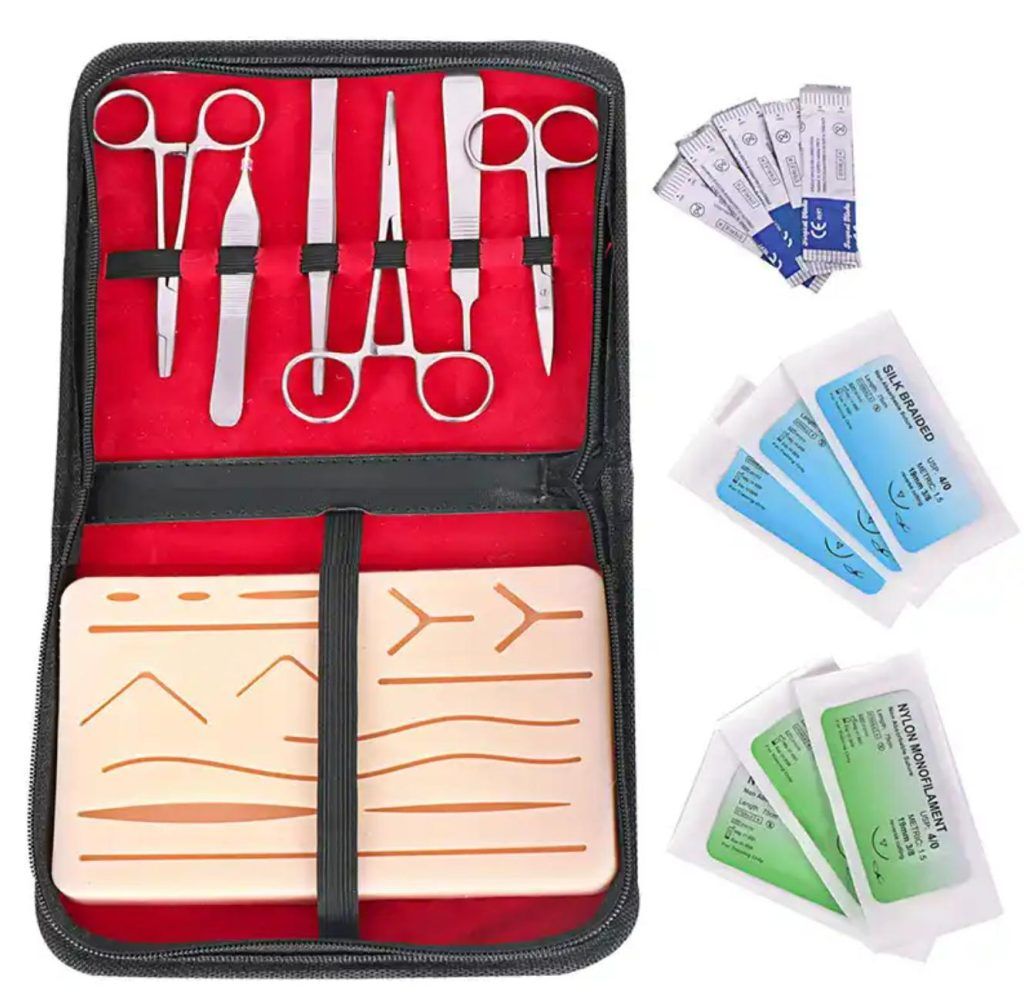
How to Learn Wound Care Effectively
Learning wound care requires a mix of theory, demonstration, and practice. The process generally includes:
- Classroom instruction: Covers wound types, healing stages, infection signs, and dressing protocols.
- Wound care classes and workshops: Often hosted by hospitals or training providers, these sessions use wound care models to build skills.
- Simulation practice: Using wound care mannequins and kits to repeat and refine techniques.
- Assessment and feedback: Trainers evaluate procedural accuracy, hygiene, and patient interaction.
Those interested in formal specialization can pursue certification. Here’s a typical path:
| Step | Details |
| Basic education | Nursing, medical, or allied health degree |
| Hands-on training | Practice using wound models and manikins |
| Enroll in a course | Take accredited wound care classes |
| Certification exam | Offered by boards like the Wound, Ostomy and Continence Nursing Certification Board (WOCNCB) |
| Continuing education | Maintain certification with updated training modules |
Learning platforms often support structured training, helping students prepare for clinical duties and certification. Scopelab can providing wound care manikins for practicing.
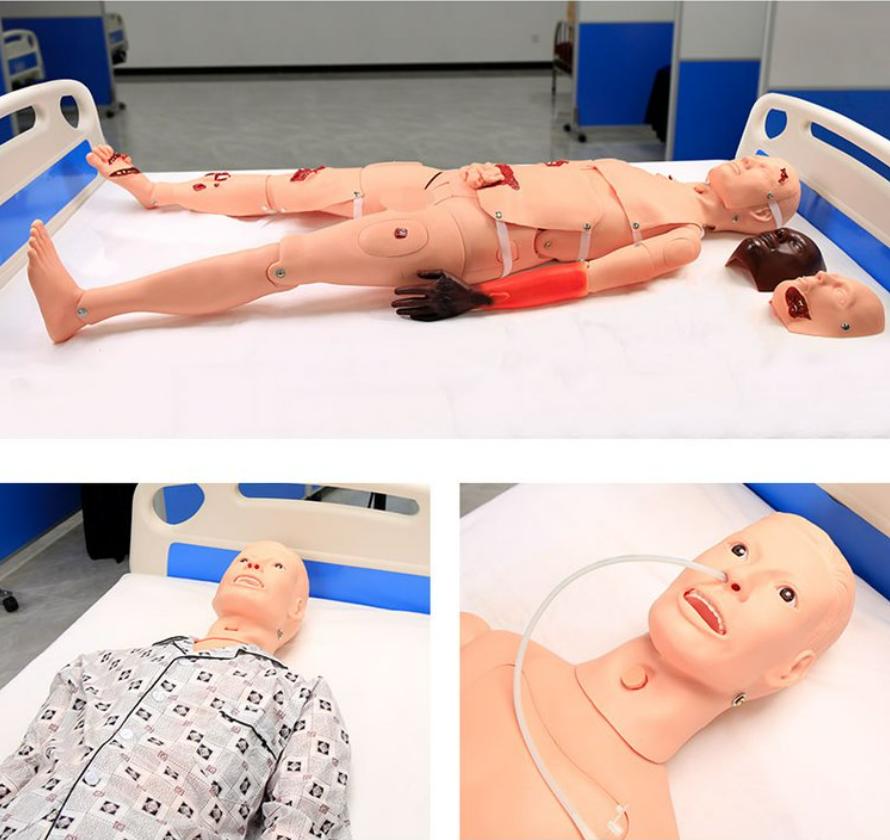
Simulation-Based Learning: Improving Confidence and Competence
Simulation-based learning gives learners a risk-free space to practice and repeat procedures. Wound care manikins and wound models for teaching can replicate real conditions such as infected ulcers, surgical wounds, or burns.
For example, trainees can:
- Practice cleaning, dressing, and monitoring wounds
- Learn how to manage bleeding and suture open lacerations
- Develop judgment by identifying signs of infection or poor healing
Research shows that simulation-based education improves clinical accuracy and retention. A 2021 study in Advances in Medical Education found that nursing students who trained with wound care models demonstrated 30% higher procedural accuracy than those who relied on lectures alone.
Instructors can also simulate emergencies or unusual wound types, preparing learners for real-life unpredictability.
Understanding the Market and the Need
The demand for proficient wound care is steadily increasing, making the acquisition of effective training tools a strategic imperative for healthcare institutions. The global wound care market size was valued at $21 billion in 2023. It was estimated at approximately USD 25.84 billion in 2025 and is projected to reach around USD 38.39 billion by 2034, growing at a Compound Annual Growth Rate (CAGR) of 4.50% from 2025 to 2034. This growth is primarily driven by an aging global population, the rising incidence of chronic diseases like diabetes (leading to diabetic foot ulcers), and an increase in surgical procedures.
Chronic wounds, which often require extensive and specialized care, accounted for a significant portion (around 75% in 2024) of the wound care market. This demographic shift and disease burden underscore the ongoing need for highly trained professionals capable of managing diverse and complex wound types. For procurement specialists, this market trend signals a clear need for investing in educational infrastructure that supports ongoing wound care expertise. Manufacturers like Scopelab are expanding their product lines to offer multi-functional manikins, portable training kits, and modular wound models to serve this growing market.
Furthermore, the emphasis on quality outcomes and patient safety regulations means that institutions are increasingly prioritizing competency-based training. Programs aimed at helping professionals how to become wound care certified are gaining traction, as certification validates specialized knowledge and improves the quality of care. Providing access to comprehensive wound care classes and wound care training kits equipped with advanced mannequins enables institutions to attract and retain top talent, while also ensuring their staff meets and exceeds industry standards.
Final Thoughts
Competent wound care starts with proper training—and proper training requires the right tools. Using wound care mannequins, training kits, and simulation models equips healthcare professionals to deliver safer, more effective care.
Medical educators, institutions, and training centers should invest in high-quality wound care equipment to prepare their teams for real-world challenges. Suppliers like Scopelab provide the reliable, realistic tools needed to build confident, capable practitioners.
Ready to upgrade your wound care training program? Explore Scopelab’s catalog of simulation manikins and training kits to find the right tools for your team.
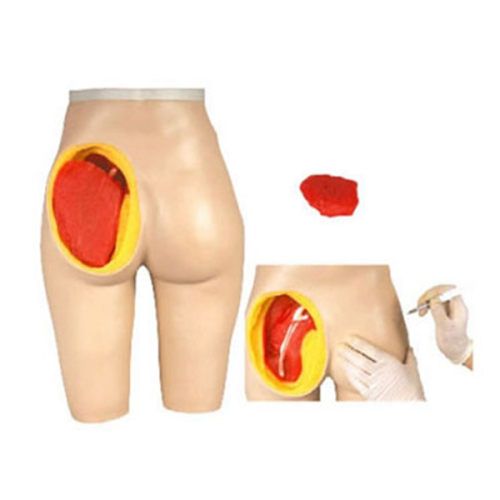
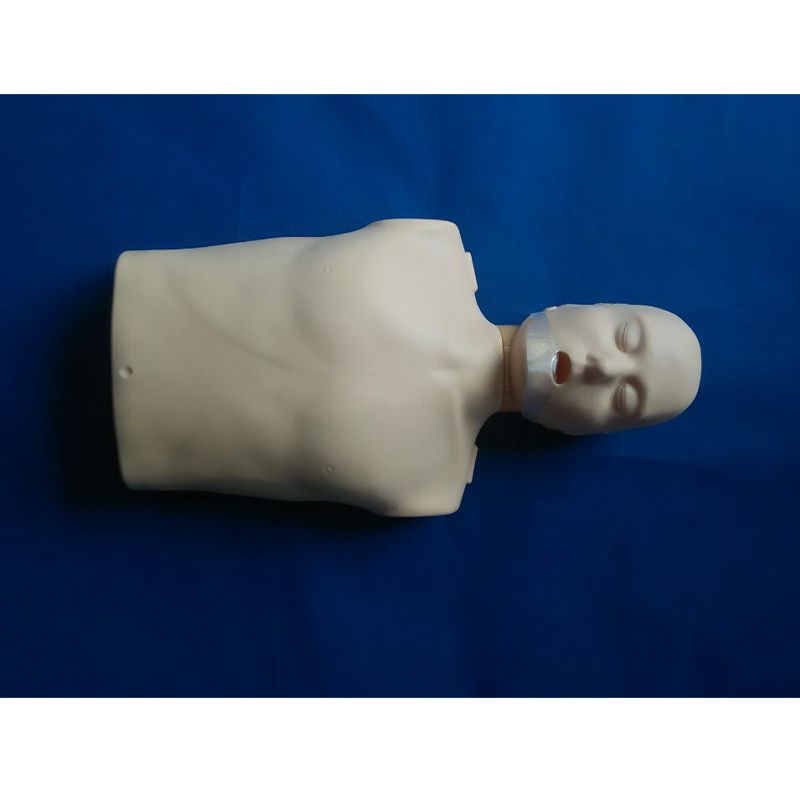

Puncture-Training-Manikin.jpg)
